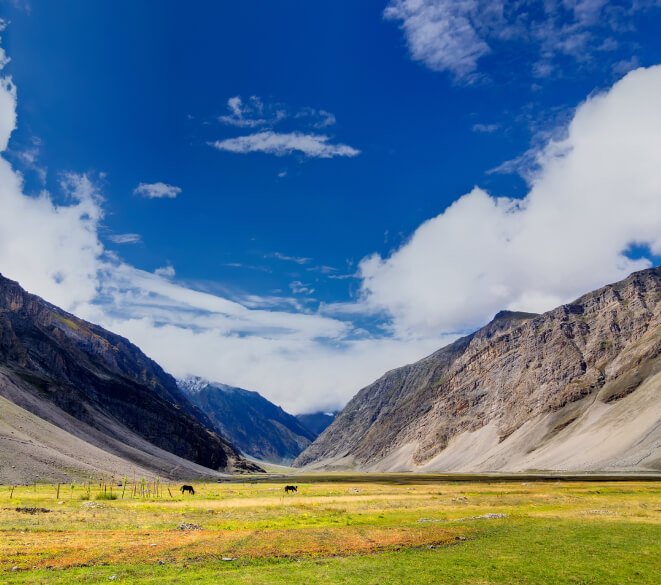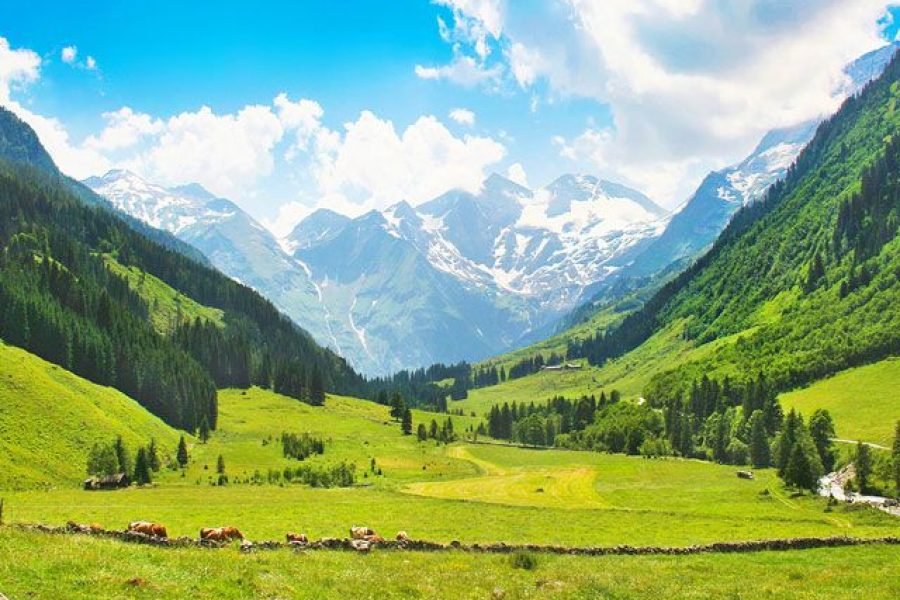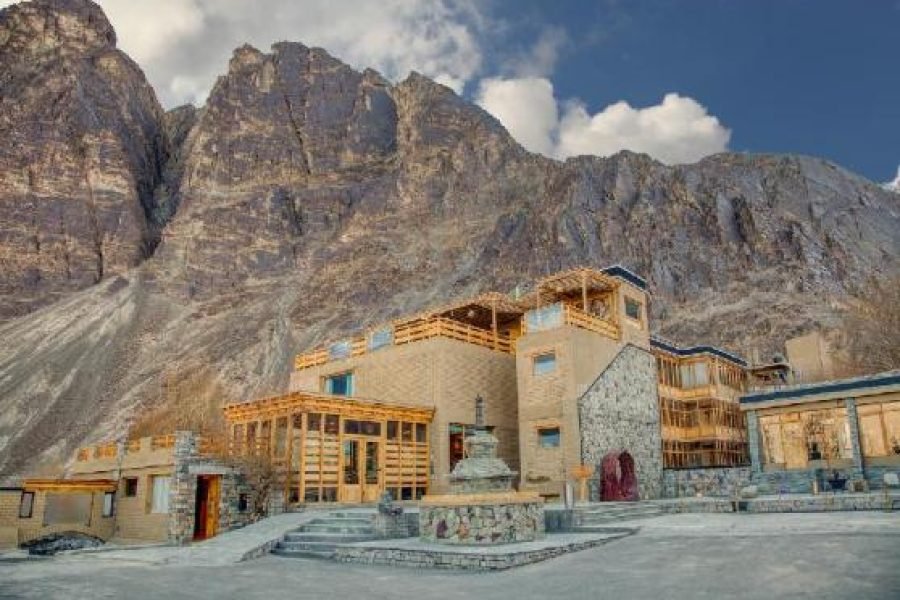Dras Valley : Chilled to Perfection





Table of Contents
Toggle1. Introduction
Dras Valley is a beautiful region in the Indian-administered Union Territory of Ladakh, which lies in the northernmost part of the Indian subcontinent. Renowned for its panoramic beauty and strategic location, Dras is nicknamed “The Gateway to Ladakh.” Here is a detailed description of the Dras Valley with respect to geography, history, culture, economy, and tourism.
2. Geography
Dras Valley is located in the Kargil district of Ladakh, sandwiched between the Zanskar Range to its north and the Great Himalayas to the south. It lies at an average altitude of about 3,300 meters, or 10,800 feet, above sea level, making it one of the highest inhabited places in the world.
3. Climate
Extremes of temperatures describe the climate in Dras, with winter extremes going as low as below -40°C. The summers are usually short and mild; the mercury does not generally cross the 15°C-25°C mark. The region has very low precipitation in the form of snow during the winter season.
4. History
Dras Valley constitutes the rich historical background, influenced by its strategic location along ancient trade routes. Centurials, it has been a crossroads of various cultures and civilizations.
a. Ancient and Medieval History
In ancient times, Dras belonged to the bigger region of Ladakh, considered one of the main centers of Buddhist culture. The valley has several ancient monasteries and stupas reflecting its historical Buddhist heritage. The village of Dras became a trading post of major importance during the medieval period when trade was carried out via the Silk Road between India and Central Asia.
b. 20th Century and the Kargil Conflict
The small village of Dras gained international prominence during the Kargil Conflict of 1999 between India and Pakistan. This high-altitude region, which includes Dras City, was the center of the conflict during that period and involved some heavy military confrontation. Since then, the area has been deeply engraved in the annals of history, and the success of the Indian military in regaining the captured territory forms an important chapter in the modern history of Dras.
5. Cultural Heritage
The culture of the Dras Valley represents a mix of Tibetan, Central Asian, and traditional Ladakhi influences. A majority of the people in this region are of the Muslim faith, due to which most of the cultural practices here exhibit a blend of Islamic and local traditions.
a. Festivals
Dras enjoys mainly vibrant festivals that come with great fanfare. Some of the most notable festivals include:
i. Eid-ul-Fitr and Eid-ul-Adha by the local Muslim community are characterized by communal prayers, feasts, and social gatherings.
ii. Losar, the Tibetan New Year, celebrated by the Ladakhi community, includes traditional dances and feats and rituals.
iii. Independence Day and Republic Day, of course, are both nationals and are celebrated with flag hoisting and cultural performances.
b. Language and Religion
The major dialect spoken is Shina, which is a Dardic language, but people also speak and communicate in Ladakhi and Urdu. A greater number of the population follows Islam, while the Buddhists are relatively few in number. Both are included within the rich cultural tapestry of this region.
6. Economy
The Dras Valley economy is supported through agriculture, trade, and tourism. The nature of the climate and the geographical location are not too favorable for traditional farming. However, over time, the local economy has shaped itself.
7. Agriculture
Agriculture in Dras is confined to hardy crops such as barley, wheat, and potatoes, the small growing season and extreme temperatures are such that farming needs to be particularly ingenious. Traditional methods include irrigation channels from melting snow to enable agriculture to persist in these inhospitable regions.
8. Trade and Commerce
Because of its strategic location, Dras has been a trading center from historic times. Trading with areas such as Srinagar and other parts of Ladakh, this region sells almost all types of commodities in its local markets. The famous items traded in these local markets include traditional handicrafts, textiles, and fresh produce.
9. Tourism
Tourism is a relatively new but emerging sector within the area of Dras Valley, sporting alluring natural beauty and historical interest. Key attractions include:
a. Dras War Memorial: Dedicated to the soldiers of the Kargil Conflict, this is a place of historic interest and draws large numbers of visitors.
b. Buddhist Monasteries: The various monasteries in and around Dras, like the Karsha Monastery, are significant in cultural and religious terms.
c. Adventure Tourism: Trekking and mountaineering and similar adventure sports are other reasons people visit this valley because of its rugged terrain and breathtaking landscapes.
10. Challenges and Development
Remote location and the extreme climate have been a reason for various drawbacks in the Dras Valley. Infrastructure development is minimal in nature, and access to basic services may be cumbersome. The region has improved over the last years, with better road connectivity, basic healthcare facilities, and educational institutions coming up; however, much more development may be required for raising the living standards of the people and progressing the economic state to sustainable growth.
11. Infrastructure
Dras is improving in basic infrastructure: better road connectivity extends down to the construction of the Zojila Pass tunnel, which aims at facilitating traveling to and from the region throughout the whole year. Such initiatives are likely to rake in huge tourism and trade volumes.
12. Conservation
Given the peculiar environment of Dras, conservation is highly essential in this part of the region. An ecosystem this fragile needs efforts and handling that prevent degradation through human activities. Efforts are made to ecotourism and natural resource protection.
13. Conclusion
Dras Valley represents a picturesque landscape of cultural heritage, strategic importance, and natural beauty combined. Turbulent history, added to the contemporary economic and social dynamics, makes it quite unique and interesting. Much would depend on how growth in the region would be interlinked with ecological conservation and cultural preservation to retain the old charm and character of the Dras Valley.
How to book a trip to Dras Valley, India with Charzan Holidays?
For a seamless and exceptional booking experience, contact Charzan Holidays at reservations@charzan.in or call us at +919622224473
Frequently Asked Questions
1. What is Dras Valley? |
| Dras Valley is located in the Kargil district of Ladakh, India. It is known for its stunning landscapes, historical significance, and as one of the coldest inhabited places on Earth. |
2. How do I get to Dras Valley? |
| You can reach Dras Valley by road from Kargil, which is about 60 km away. The nearest airport is in Leh, from where you can drive to Kargil and then to Dras. |
3. What is the best time to visit Dras Valley? |
| The best time to visit is from May to October when the weather is more pleasant, and the roads are generally clear of snow. |
4. What are the main attractions in Dras Valley? |
| Key attractions include the Dras War Memorial, ancient monasteries, scenic landscapes, and the nearby Kargil-Dras road, famous for its views. |
5. Is it safe to travel to Dras Valley? |
| Yes, Dras Valley is generally safe for tourists. However, it’s advisable to stay updated on local conditions and follow any travel advisories. |
6. What activities can I do in Dras Valley? |
| Visitors can enjoy trekking, sightseeing, visiting historical sites, and experiencing the local culture and cuisine. |
7. Are there accommodations available in Dras Valley? |
| Yes, there are basic accommodations available, including guesthouses and hotels, though options may be limited compared to larger cities. |
8. What should I pack for a trip to Dras Valley? |
| Pack warm clothing, sturdy shoes, personal toiletries, a first aid kit, and any necessary medications, as the weather can be quite cold. |
9. Is there mobile connectivity in Dras Valley? |
| Mobile connectivity is available in some areas, but it may be limited in remote parts of the valley. Internet access can also be sporadic. |
10. Can I find local food in Dras Valley? |
| Yes, you can enjoy traditional Ladakhi cuisine, including dishes like momos, thukpa, and local bread, in various eateries and guesthouses. |
11. Are there any cultural festivals in Dras Valley? |
| Yes, local festivals, such as Losar (the Ladakhi New Year), are celebrated with traditional music, dance, and food. |
12. What is the local language spoken in Dras Valley? |
| The primary language is Ladakhi, but many locals also speak Hindi and Urdu, especially in tourist areas. |
13. Do I need a permit to visit Dras Valley? |
| No special permit is required to visit Dras Valley, but certain areas near the border may require permits, so check ahead if you plan to explore those regions. |
14. Can I find guided tours in Dras Valley? |
| Yes, several travel agencies offer guided tours that include transportation, accommodations, and activities tailored to visitors. |
15. What is the climate like in Dras Valley? |
| Dras Valley experiences a cold desert climate, with very cold winters and mild summers. Temperatures can drop significantly at night, even in summer. |









0 Comment